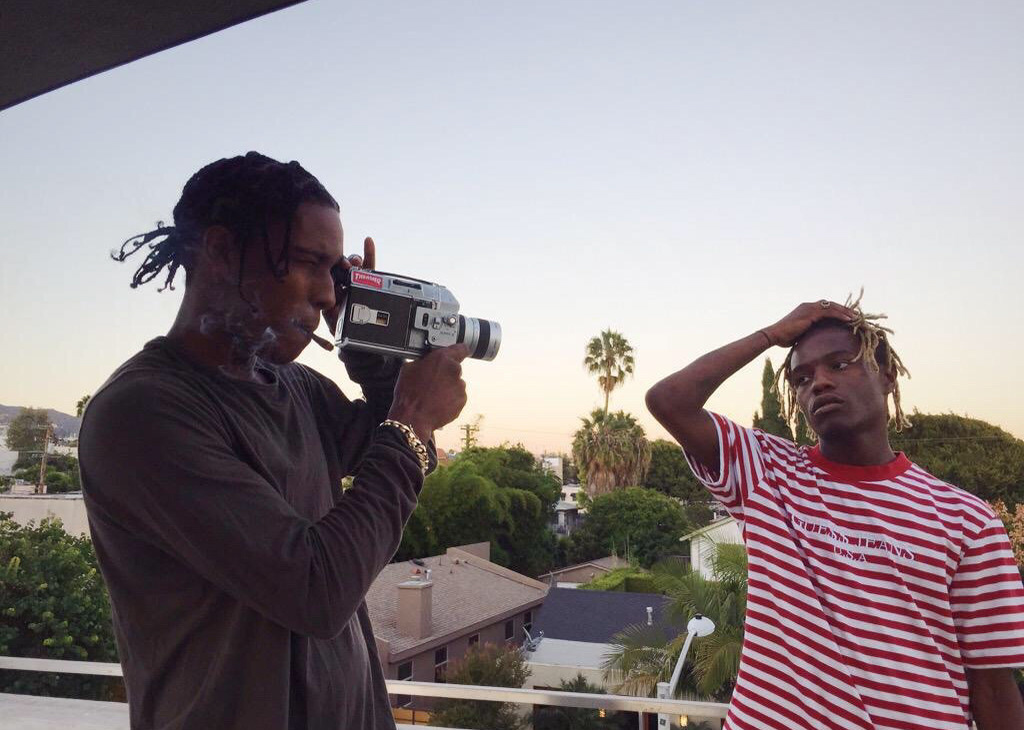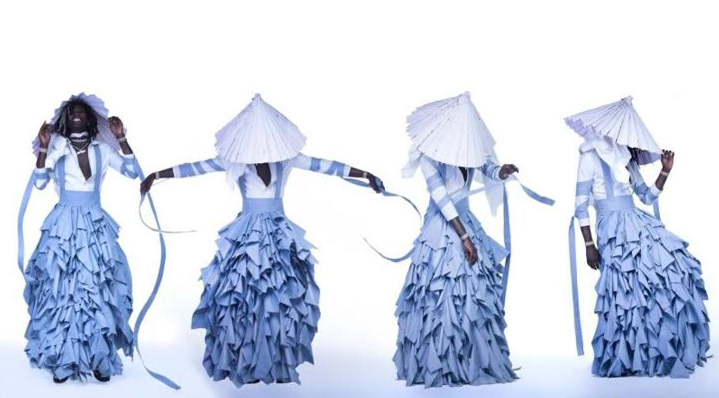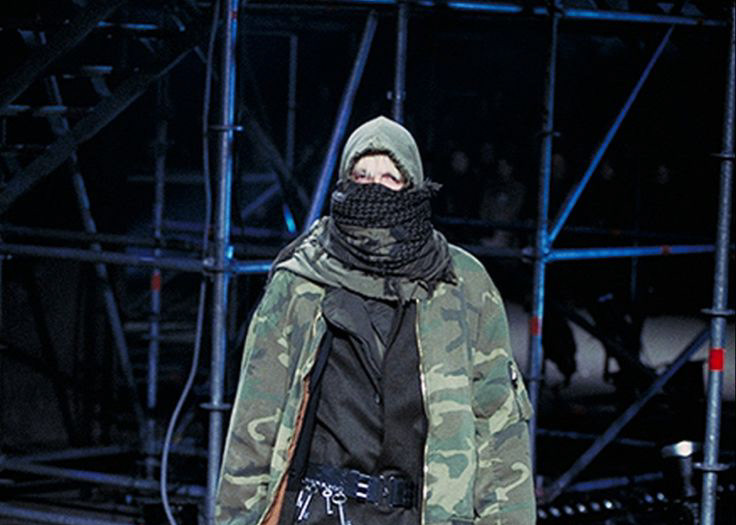Fashion has always flirted with the line between beauty and pain, but Alexander McQueen crossed it, cut it open, and turned it into runway poetry. Born in East London in 1969, McQueen was no industry insider. He started out as a tailor’s apprentice on Savile Row --- sharp cuts and technical precision in his DNA. But when he hit the runway? It wasn’t about clothes. It was storytelling. His shows weren’t just fashion. They were theatre. Protest. Funeral. Rebirth.
Before the low-rise trend hit mainstream pop culture, McQueen invented it — and flipped it on its head. The “bumster” trousers, introduced in the early ’90s, were cut so low they revealed the top of the buttocks. Not for shock value alone, but to redefine the silhouette of the body. He believed the bum was the most beautiful part of the body — and that the spine, when extended, changed how we saw the human form.
Critics called it vulgar. McQueen called it art. And by the time fashion caught up, bumsters had already evolved into a symbol of rebellion, sex, and control over one’s image. It was the blueprint for the early 2000s low-rise craze — just rawer, sharper, and way more punk.











